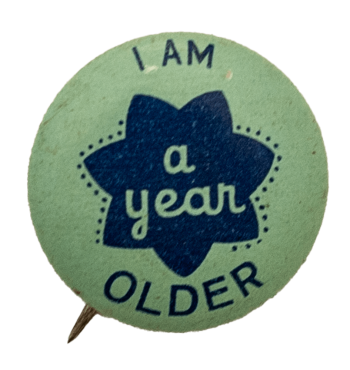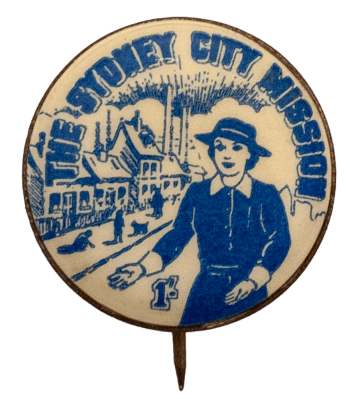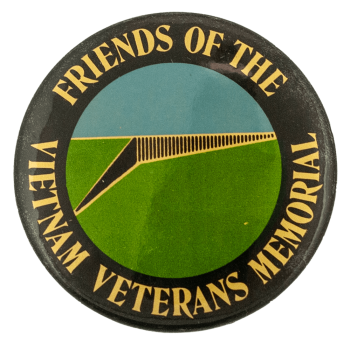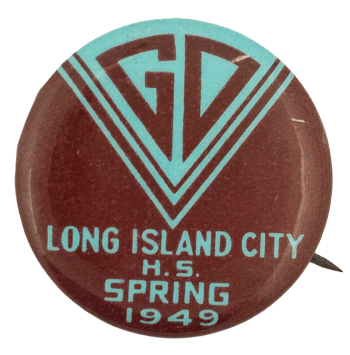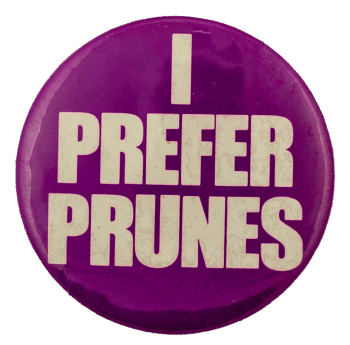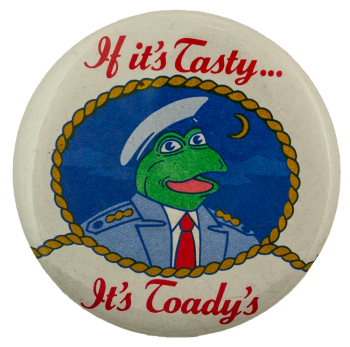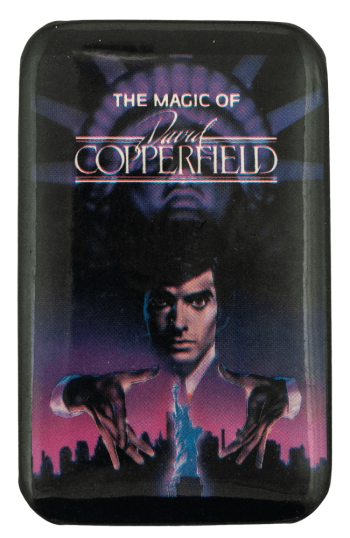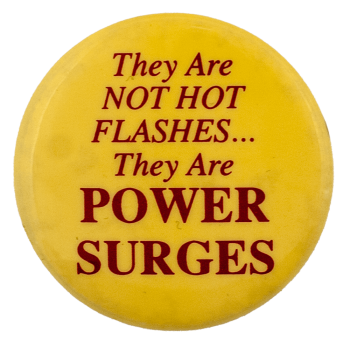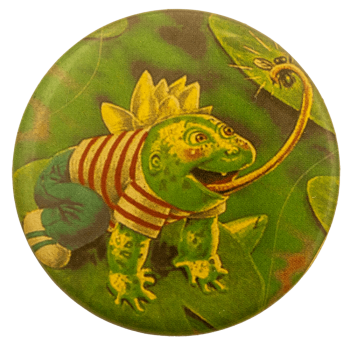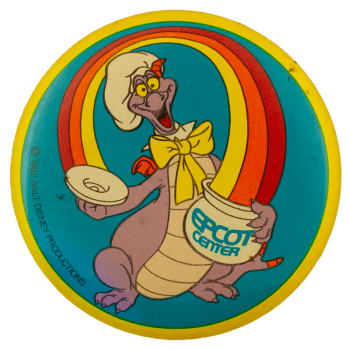Alston, J. M., Carman, H. F., Chalfant, J. A., Crespi, J. M., Sexton, R. J., & Venner, R. J. (1998). (rep.). The California Prune Board’s Promotion Program: An Evaluation (pp. 1–100). Davis, California.
De Souza, M. J., Strock, N. C. A., Rogers, C. J., Williams, N. I., Ferruzzi, M. G., Nakatsu, C. H., Simpson, A. M. R., & Weaver, C. (2022). Rationale and study design of Randomized Controlled Trial of Dietary Supplementation with prune (dried plums) on bone density, geometry, and estimated bone strength in postmenopausal women: The Prune study. Contemporary clinical trials communications, 28, 100941. https://doi.org/10.1016/j.conctc.2022.100941
The New York Times. (1983, February 16). Topics; there’s a better way; the future fruit. The New York Times. https://www.nytimes.com/1983/02/16/opinion/topics-there-s-a-better-way-…;

